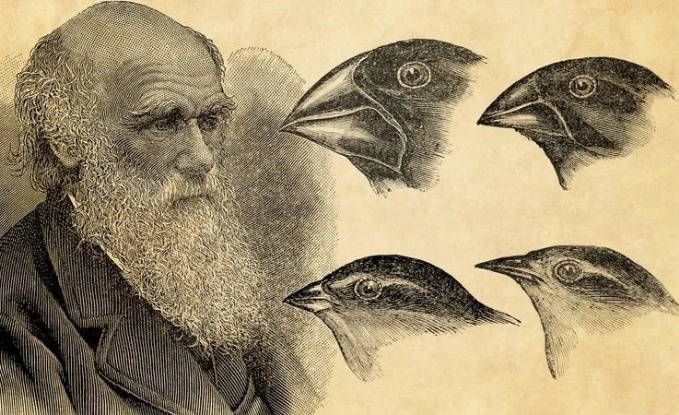Battle of the Beaks

How have certain birds evolved to adapt to their environment and diet?
There are many variations of beaks depending on the species of bird.
Charles Darwin discovered this when visiting the Galapagos Islands. The Galapagos finch offspring are all slightly different and unique. When bad weather affected plant growth and there were fewer seeds to eat, the finch offspring had to eat larger seeds that would not normally be part of their diet in order to survive. Therefore, only the offspring with certain shaped beaks survived and the other offspring died.
This week, in Science, the children have had a chance to predict and experiment using different types of ‘beaks’ (tweezers, spoons, forks, chopsticks and pegs) to see which beak would be best suited for the ‘food’ (macaroni, small pipe cleaners, rice/bird seed, rubber bands, tooth picks).
They had to answer the question - How does the size and length of a beak help the bird to eat? Then they related this to Charles Darwin’s theory of natural selection.
The experiment was great fun. They all had a chance to use a different type of ‘beak’ to pick up the different types of ‘food’. Each time they had 10 seconds to pick up the ‘food’ items, one by one, and see which ‘beak’ picked up the most and therefore was the best suited to that kind of ‘food’. We discussed each stage of the experiment and keep relating it back to Darwin’s idea of natural selection.
